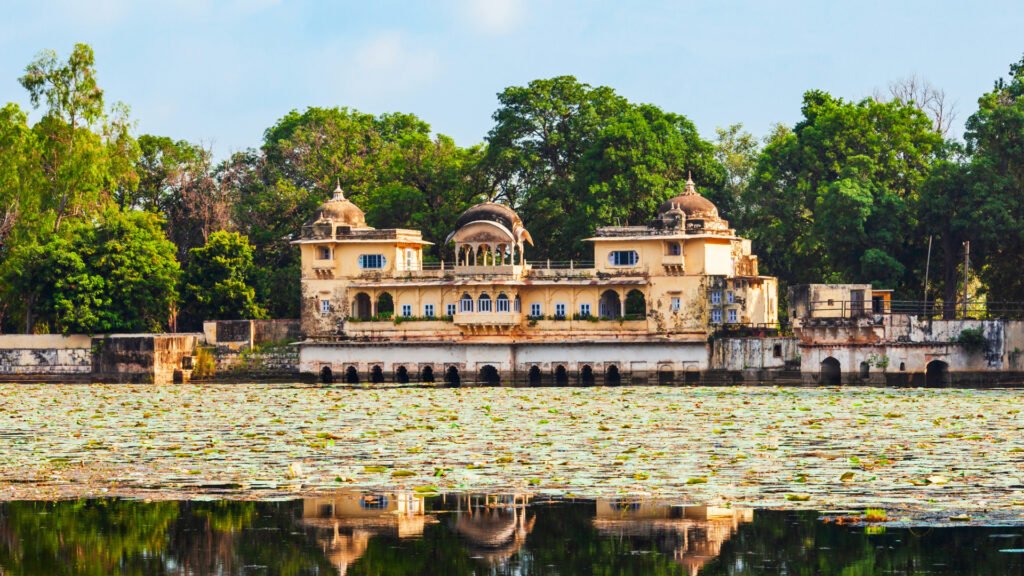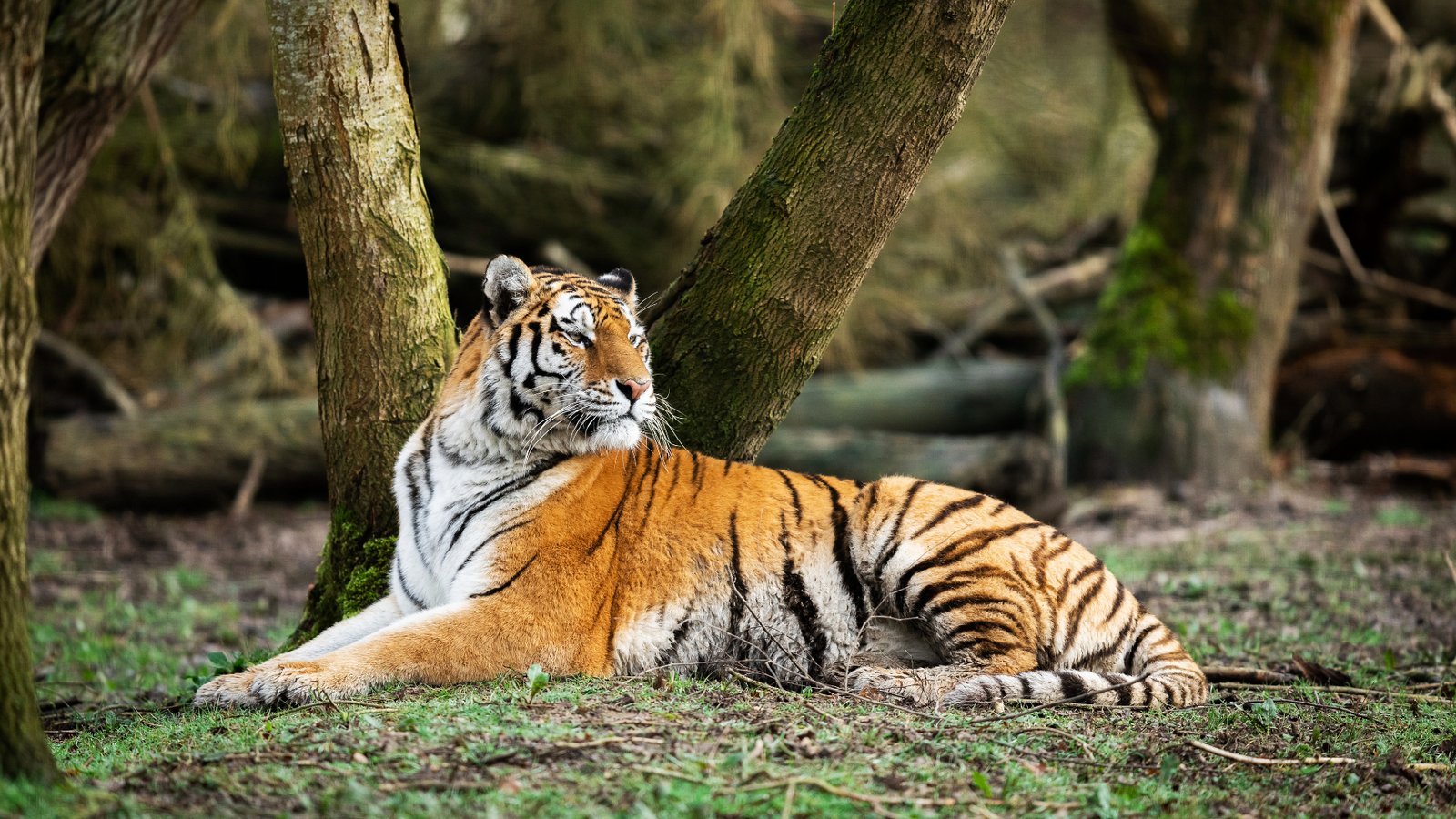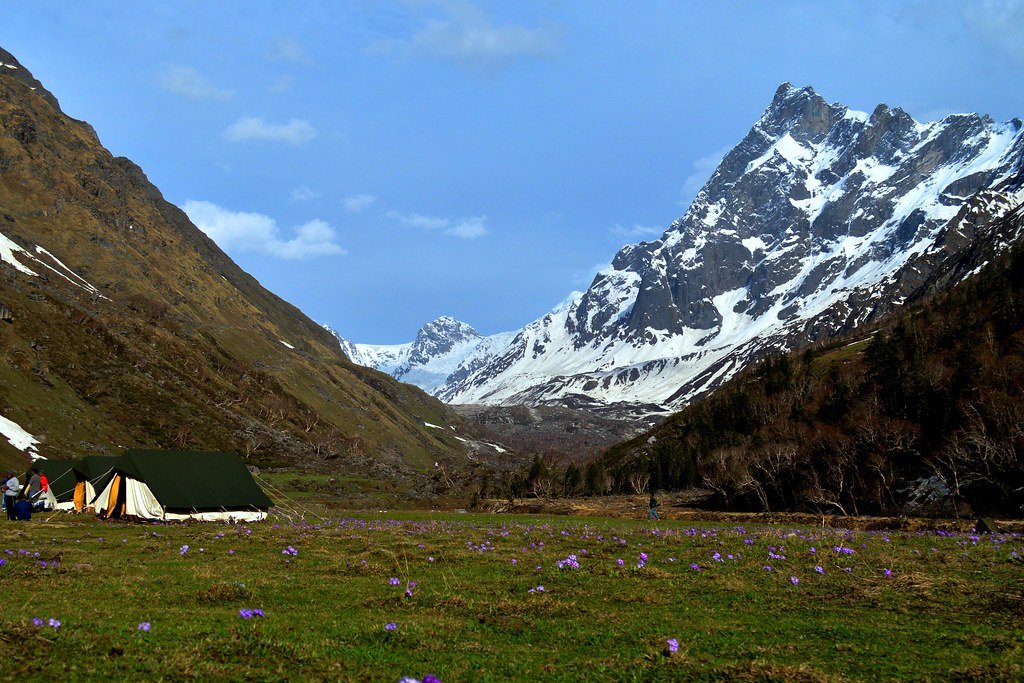Top 28 Places To Visit In Bundi | Best Time To Visit | Ultimate Tour Guide
Bundi is a city in the Hadoti region of Rajasthan state in northwest India and capital of the former princely state of Rajputana agency. Bundi is known for its palaces, forts, stepwells, and paintings that reflect the glory of its past rulers. Bundi was founded by Rao Deva Hara, a Chauhan king, in the 13th century. Bundi was a vassal state of Mewar until it became a tributary of the Mughal empire in the 16th century. Bundi has a rich cultural heritage and is famous for its miniature paintings, festivals, and folk music.

Best Places To Visit In Bundi:
Some of the major attractions of Bundi are the Taragarh Fort, the Bundi Palace, the Raniji ki Baori, the Sukh Mahal, and the Nagar Sagar Kund. Bundi is also surrounded by scenic hills, orchards, and lakes that add to its charm.
Here is some places to visit in Bundi.
1. Taragarh Fort:
Taragarh Fort, located in Bundi, Rajasthan, is a formidable fortress that stands as a testament to the city’s rich history. Built in 1354, it is one of the oldest hill forts in Rajasthan. Perched on a steep hill, the fort offers panoramic views of the surrounding landscape. The fort is renowned for its intricate architecture, with massive gateways, reservoirs, and a network of tunnels. One of its notable attractions is the Bhim Burj, a large cannon that was used during battles. Taragarh Fort is a historical gem that attracts visitors with its grandeur and historical significance. welcomes visitors every day from 8:00 AM to 5:30 PM. The entry fee is INR 100 per person, applicable for both Indian and foreign tourists. This fee covers access to both Taragarh Fort and Garh Palace, along with camera charges.

2. Bundi Palace:
Bundi Palace, also known as Garh Palace, is a splendid architectural masterpiece built by Rao Raja Ratan Singh Hada between 1607 and 1631 near the Taragarh Fort in Bundi. This palace is renowned for its Rajput architecture and Bundi School of Art, featuring intricate frescoes, murals, and paintings. With its various halls, pavilions, balconies, and courtyards, the palace narrates the rich history and culture of Bundi. Key attractions within the palace include Chhatra Mahal, Ratan Daulat, Phool Mahal, Badal Mahal, and Chitrashala. Visitors can enjoy a panoramic view of the city and the surrounding hills from the palace. Bundi Palace welcomes visitors every day from 8:00 AM to 5:30 PM. The entry fee is INR 50 for both foreign and Indian tourists, which covers admission to Taragarh Fort and Garh Palace, along with camera charges. For photography, there is an additional fee of INR 50 for stills and INR 100 for video.

3. Raniji Ki Baori:
Raniji Ki Baori, also known as the Queen’s Stepwell, is a historic stepwell located in Bundi, Rajasthan. Built in the 17th century by Rani Nathavatji, the queen of Rao Raja Anirudh Singh, this architectural marvel serves as both a water resource and a place of retreat. The stepwell features impressive symmetrical steps leading down to the water level, adorned with intricate carvings, sculptures, and a pavilion. Raniji Ki Baori is not only a functional structure for water conservation but also a testament to the artistic prowess of the Bundi region.

4. Nagar Sagar Kund:
Nagar Sagar Kund is a historic reservoir. Constructed in the 18th century, it is part of a larger network of stepwells and tanks in the region. Nagar Sagar Kund is known for its architectural grandeur, featuring intricate carvings and a symmetrical layout. The kund served as a significant water source, supporting the water needs of the city. The surrounding area offers a tranquil atmosphere, making it a place of historical and cultural importance in Bundi.

5. Chitrashala:
Chitrashala, situated within the Bundi Palace complex, was constructed by Rao Umed Singh during the 18th century. This small palace houses a captivating gallery of murals portraying scenes from Hindu epics, court life, and the graceful women of Bundi. Executed in the distinctive Bundi School of Art, renowned for its vivid colors, intricate details, and expressive figures, the paintings at Chitrashala are a UNESCO World Heritage site, representing a precious repository of Rajput art and culture. Chitrashala welcomes visitors every day from 8:00 AM to 5:00 PM. The entry fee is INR 100 for both foreign and Indian tourists. The admission covers Taragarh Fort and Garh Palace tickets, as well as camera charges (INR 50 for stills and INR 100 for video).

6. Sukh Mahal:
Sukh Mahal in Bundi is a serene palace situated on the edge of Jait Sagar Lake. Built during the reign of Maharao Raja Ram Singh II, it served as a summer retreat for the royal family. The palace features a unique blend of Mughal and Rajput architectural styles and offers picturesque views of the lake and the surrounding landscape. Sukh Mahal is renowned for its tranquil ambiance, charming architecture, and the alleged association with the famous musician saint, Meera Bai, making it a notable attraction for visitors exploring Bundi’s cultural and historical heritage. Sukh Mahal welcomes visitors every day from 8:00 AM to 5:30 PM. The entry fee is INR 200 for foreign tourists and the same for Indian tourists. The entry fee covers admission to Taragarh Fort, Garh Palace, and includes camera charges (INR 50 for stills and INR 100 for video).

7. 84 Pillared Cenotaph:
The 84 Pillared Cenotaph, also known as Chaurasi Khambon ki Chhatri, is a historical and cultural monument in Bundi. Erected by Rao Raja Anirudh in 1683 in memory of his foster brother, Deva, it features a central Shivling and is adorned with paintings and sculptures. The cenotaph is a memorial to the deceased members of the royal family and offers a serene and picturesque setting, making it a popular attraction for history enthusiasts and tourists alike. Visitors can explore the cenotaph’s intricate carvings and enjoy the peaceful ambiance of its surroundings. Chaurasi Khambon ki Chhatri, is open daily from 9:00 AM to 5:00 PM. The entry fee is INR 350 for foreign tourists and INR 350 for Indian tourists. This fee covers access to Taragarh Fort, Bundi Palace, and Sukh Mahal, and includes camera charges of INR 50 for stills and INR 100 for video.

8. Nawal Sagar Lake:
Nawal Sagar Lake is a man-made lake in the heart of Bundi, a historic city. Built by Raja Nawal Singh in the 16th century, the lake is dedicated to Lord Varuna, the Hindu god of water. Featuring several small islands, one of them houses the partially submerged Jal Mahal palace. Offering a breathtaking view of the city and its landmarks, including the Taragarh Fort on a nearby hill, Nawal Sagar Lake is a cherished tourist destination, embodying the cultural heritage of Bundi.

9. Jait Sagar Lake:
Jait Sagar Lake is a picturesque artificial lake located in Bundi. Constructed during the reign of Jaita Meena, a local chieftain, the lake is surrounded by lush greenery and offers a tranquil setting. The lake is adorned with cenotaphs and step wells along its banks, adding to its historical charm. Jait Sagar Lake provides a serene environment for visitors to enjoy leisurely walks, boat rides, and the scenic beauty of Bundi.

10. Dabhai Kund:
Dabhai Kund, also known as Dabhai Stepwell, is an ancient and intricately designed stepwell. Constructed in the 17th century by Rawat Deva, a nobleman in the Bundi court, the stepwell served as a source of water and a place for social gatherings. The architectural marvel features ornate carvings, pillars, and balconies, showcasing the artistic brilliance of the region. Dabhai Kund is not only a functional structure but also a cultural and historical landmark, reflecting the rich heritage of Bundi.

11. Kshar Bagh:
Kshar Bagh is a historic garden that dates back to the 17th century. Built by the rulers of Bundi, this lush garden houses royal cenotaphs and chhatris dedicated to the departed souls of the nobility. The garden provides a serene and tranquil ambiance, offering visitors a peaceful retreat. The cenotaphs are adorned with intricate carvings and architectural details, making Kshar Bagh not only a place of remembrance but also an architectural delight. The site stands as a testament to the artistic and cultural heritage of Bundi.

12. Hathi Pol:
Hathi Pol is a grand entrance gate that leads to the Garh Palace complex in Bundi. The gate was built in the early 17th century by the Bundi ruler, Rao Raja Anirudh Singh, and is a fine example of Rajput architecture. The gate is adorned with intricate carvings of elephants and other decorative motifs. The gate has two trumpeting elephants that form an arc on the top, and an arcade that served for musicians and rose petal throwers when the maharaja came home. Hathi Pol is a popular tourist attraction and a symbol of Bundi’s royal legacy.

13. Shikar Burj:
Shikar Burj was erected by Maharao Raja Ummaid Singh in the 18th century as a former royal hunting lodge. Nestled in a forested area, the lodge features a picturesque garden adorned with a well and a pool. After abdicating the throne for his son, Ummaid Singh made Shikar Burj his residence. Today, it serves as a favored picnic spot and tourist attraction, offering insights into the rich history and culture of Bundi.

14. Dugari Wall:
Dugari Wall surrounds the formidable Dugari Fort, an ancient fortress in Bundi, dating back to the 12th century. Constructed as a defense against potential threats, the wall boasts numerous bastions and watchtowers. Adorned with carvings and paintings, the Dugari Darwaza gate adds to the wall’s aesthetic appeal. Providing a panoramic vista of the adjacent landscape and Kanak Sagar Lake, Dugari Wall stands as a testament to Bundi’s rich heritage, blending historical significance with architectural prowess.
15. Shree 84 Meetha Sagar:
Shree 84 Meetha Sagar is a revered lake. surrounded by 84 ghats and temples. Also known as Shree 84 Kund or Shree 84 Kunda Sagar, it holds significance in the mythological tales of Lord Shiva and Goddess Parvati, who blessed the lake with divine powers during their visit. A renowned pilgrimage site and tourist attraction, the lake provides a tranquil and spiritually enriching experience.
16. Moti Mahal:
Moti Mahal is a historical palace that reflects the grandeur of Rajput architecture. Built during the 17th century by Maharao Raja Shri Singh, the palace is adorned with intricate designs and embellishments. Moti Mahal, translating to “Pearl Palace,” showcases a harmonious blend of Mughal and Rajput styles, featuring beautiful mirror work, frescoes, and colorful murals. The palace served as the residence of the Bundi rulers and stands as a testament to the rich cultural heritage of the region. Visitors can explore the captivating interiors and appreciate the artistic brilliance of Moti Mahal.
Opening hours: 8:00 AM to 6:00 PM
Entry Fees : No

17.Ramgarh Vishdhari Sanctuary:
Ramgarh Vishdhari Sanctuary has been designated as a wildlife sanctuary and tiger reserve since May 2022. It marks the 52nd tiger reserve in India and the fourth in Rajasthan, joining the ranks of Ranthambore, Sariska, and Mukundra. Spanning an expansive area of 1,501.89 sq km, the sanctuary serves as both a buffer and a corridor for the tiger populations in Ranthambore and Mukundra. In addition to being a habitat for tigers, the sanctuary is home to various other wildlife, including leopards, sloth bears, hyenas, jackals, foxes, and gharials. Boasting a diverse array of flora, the sanctuary offers picturesque views of the Aravali hills and the Kanak Sagar Lake.

18. Bundi Paintings:
Bundi Paintings, a form of Indian miniature art, originated in the 17th century. Renowned for their vibrant colors, lush depictions of nature, and a fusion of Mughal and Deccani artistic elements, these paintings are a distinctive representation of the Rajasthani style. Primarily illustrating legends of Krishna and Radha, the deities of love, alongside scenes from royal courts and everyday life, Bundi Paintings are celebrated for their charm and uniqueness within the realm of Rajasthani art.

19. Shahi Jama Masjid:
Shahi Jama Masjid is a historic mosque located in Bundi, Rajasthan. Built during the reign of Nawab Shah Jahan in the early 18th century, the mosque showcases exquisite Mughal architecture. It features intricately designed domes, minarets, and beautiful archways, creating a serene and majestic ambiance. The mosque stands as a testament to the cultural and architectural diversity of Bundi, inviting visitors to admire its Islamic heritage and craftsmanship.
20. Jharkhandeshwar Temple:
Jharkhandeshwar Temple is an ancient Hindu temple venerating Lord Shiva. Situated atop a hill overlooking the scenic Jait Sagar Lake, the temple boasts a distinctive architectural style, featuring a conical roof and a circular sanctum. Renowned for intricate stone carvings and sculptures depicting diverse deities and animals, the temple is considered one of Rajasthan’s oldest. With its tranquil surroundings and spiritual ambiance, Jharkhandeshwar Temple remains a significant attraction drawing devotees and tourists alike.

21. Chhatra Mahal:
Chhatra Mahal is a part of the magnificent Bundi Palace complex. Built by Rao Raja Chhatrasal in the 17th century, it is renowned for its architectural grandeur. The palace exhibits the distinctive Bundi style of frescoes and murals, depicting intricate artwork and vibrant colors. Chhatra Mahal offers a glimpse into the rich cultural heritage of Bundi, making it a captivating attraction for history and art enthusiasts.
Opening hours: 8:00 AM to 6:00 PM
Entry Fees : No

22. Badal Mahal:
Badal Mahal is a captivating palace renowned for its exquisite architectural design and vibrant paintings. Built during the 17th century, Badal Mahal, meaning “Palace of Clouds,” offers a unique blend of Rajput and Mughal architectural styles. The palace is adorned with intricate frescoes depicting scenes from mythological and historical tales. Visitors can explore the grandeur of Badal Mahal, enjoy panoramic views of Bundi, and appreciate the artistic marvels that showcase the rich cultural heritage of the region.
Opening Time: 8:00 Am To 6:00 Pm
Entry Fees : No

23. Indragarh Fort:
Indragarh Fort, stands as a testament to the region’s rich history and architectural splendor. Built in the 17th century by Rao Indra Singh, the fort is perched atop a hill and offers panoramic views of the surrounding landscapes. The fort exhibits a unique blend of Rajput and Mughal architectural styles, featuring impressive gateways, palaces, and temples. Visitors to Indragarh Fort can explore its various structures, including the Chhatri (cenotaph) of the ruler and the Rani Mahal (Queen’s Palace), adorned with intricate frescoes and carvings. The fort provides a glimpse into the royal lifestyle of bygone eras, making it a fascinating destination for history enthusiasts and tourists alike.
Opening hours: 8:00 AM to 6:00 PM
Entry Fees : No

24. Dhooleshwar Mahadev Temple:
Dhooleshwar Mahadev Temple stands adjacent to the impressive Talwas Fort in Bundi, offering a serene space dedicated to Lord Shiva. Frequented by devotees and tourists alike, the temple is complemented by a scenic waterfall and the Ratna Sagar lake. Renowned for its unique acoustics, the temple allows even the faint sound of a matchstick to travel from one corner to another, enhancing the spiritual and natural charm of the site.

25.Phool Mahal, Bundi:
Phool Mahal, also known as the Palace of Flowers, is an architectural gem nestled within the historical city. Constructed in the 17th century by Maharao Raja Bahadur Singh, this exquisite palace showcases the opulence of Rajput architecture. Adorned with intricate frescoes, vibrant murals, and delicate floral patterns, Phool Mahal is a testament to the artistic prowess of the Bundi School of Art. The palace comprises several ornate rooms and halls, each revealing a tapestry of rich history and cultural significance. Among its notable attractions are the Chhatra Mahal, Ratan Daulat, and the mesmerizing views of the surrounding landscape.
Opening Time: 8:00 AM to 6:00 PM

26. Step Wells:
Stepwells in Bundi are architectural wonders designed for water conservation. Notable examples include Raniji ki Baori, built by Rani Nathavati Ji in the 17th century. These stepwells showcase intricate carvings, symmetrical layouts, and multiple levels of steps. They not only demonstrate technical expertise but also highlight the cultural importance of water in Rajasthan’s arid landscapes. Exploring Bundi’s stepwells offers a unique glimpse into the city’s innovative water management and rich history.

27. Mordi Ki Chatri:
Mordi Ki Chatri is a historic cenotaph in Bundi, dedicated to Maharaja Raghunath Singh. Built in the 18th century, this chhatri (canopy) stands as a tribute to the ruler and his valiant contributions. Adorned with intricate carvings and architectural elegance, Mordi Ki Chatri is a significant landmark showcasing Rajput craftsmanship. The site offers visitors a glimpse into the cultural and artistic heritage of Bundi, with its majestic structure set against the backdrop of the city’s charming landscape.

28. Hada Safaris:
Hada Safaris, a locally operated travel company in Bundi, Specializes in a range of tours and safaris. Their offerings include cultural and heritage building tours, village safaris, countryside farm tours in rural areas, and wildlife safaris at various national parks and sanctuaries, showcasing diverse fauna such as tigers, leopards, cheetahs, black bucks, and sloth bears. With personalized and customizable itineraries, Hada Safaris caters to the preferences and budget of their customers, providing a comprehensive way to explore the rich history, culture, and nature of Bundi and its surroundings.

These were some places to visit in Bundi. Hope you liked it. Have a safe journey!
How To Reach Bundi From Delhi:
- By Train:
- Bundi doesn’t have a direct railway station, so you can take a train to Kota Junction, which is the nearest major railway station.
- Several trains operate between Delhi and Kota. Some popular options include the Kota Jan Shatabdi Express, Hazrat Nizamuddin – Mysuru Swarna Jayanti Express, and more.
- From Kota Junction, you can hire a taxi or take a bus to reach Bundi, which is approximately 40 kilometers away.
Here Are Some Trains From Delhi to Nearest Railway Station Of Bundi (Kota Junction) :
| Train Name | Train Number | Departure Station | Departure Time | Arrival Station | Arrival Time | Duration | Distance | Fare |
|---|---|---|---|---|---|---|---|---|
| Mewar SF Express | 12963 | Hazrat Nizamuddin | 18:25 | Bundi | 01:28 | 7h 3m | 496 km | Rs. 270 |
| Gujarat Sampark Kranti Express | 02918 | Hazrat Nizamuddin | 13:55 | Kota Junction | 19:50 | 5h 55m | 458 km | Rs. 270 |
| Paschim Express | 02926 | New Delhi | 16:45 | Kota Junction | 23:30 | 6h 45m | 464 km | Rs. 270 |
| Mumbai Central Rajdhani Express | 02952 | New Delhi | 17:00 | Kota Junction | 21:40 | 4h 40m | 465 km | Rs. 495 |
| Udaipur City New Delhi Special | 02416 | New Delhi | 22:00 | Kota Junction | 04:40 | 6h 40m | 465 km | Rs. 270 |
Note: Fares are for the sleeper class and may vary. Check the exact fare and availability on the IRCTC website or app.
- By Bus:
- Rajasthan State Road Transport Corporation (RSRTC) and private bus operators run buses from Delhi to Bundi.
- The journey may take around 10-12 hours depending on the type of bus and the route taken.
- By Air:
- The nearest airport to Bundi is Jaipur International Airport.
- From Jaipur, you can hire a taxi or take a bus to reach Bundi, which is approximately 206 kilometers away.
- By Car:
- You can also drive from Delhi to Bundi. The road journey takes approximately 8-10 hours, depending on traffic and the route taken.
Best Time To Visit In Bundi:
The best time to visit Bundi is during the winter months from October to March when the weather is pleasant for exploring historical sites. It is advisable to avoid the summer months due to high temperatures and the monsoon season, which brings heavy rainfall. Festivals like the Bundi Utsav in November offer cultural experiences worth considering when planning a visit.



